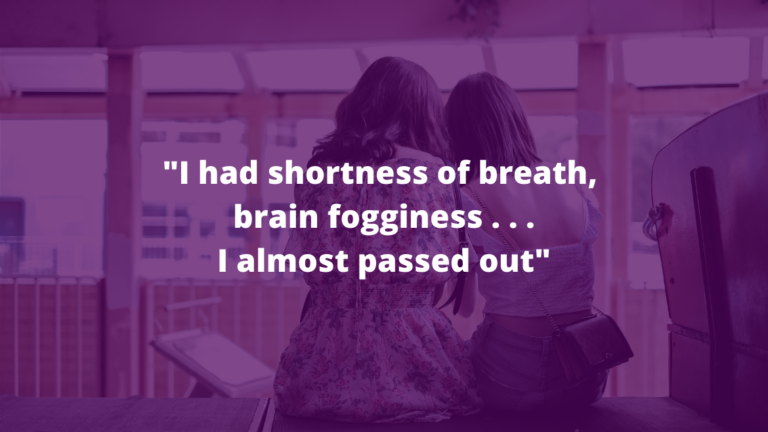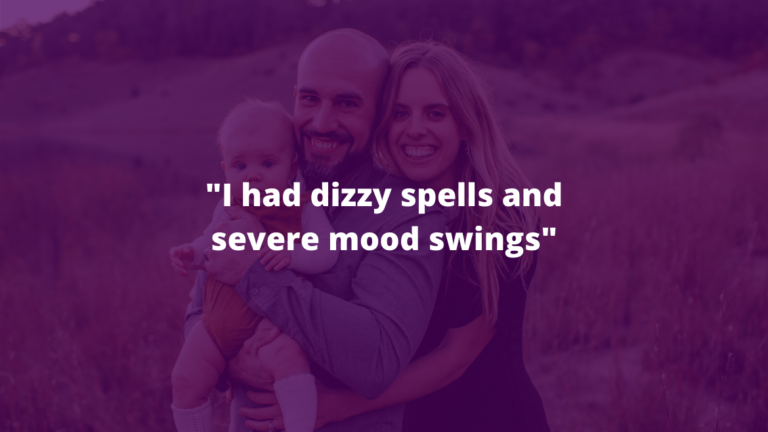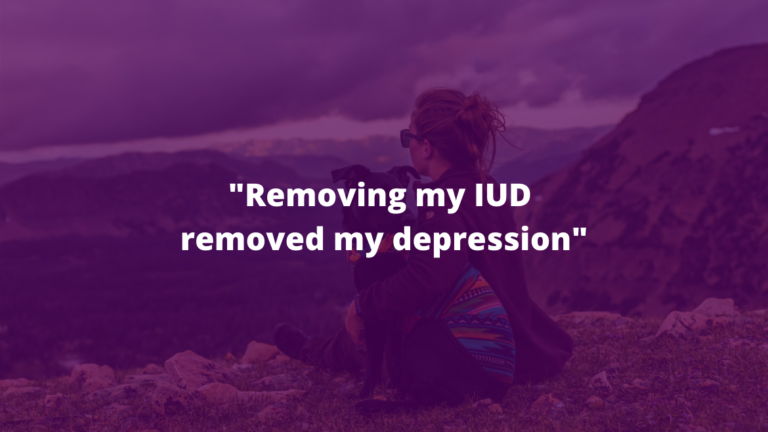I chose the Kyleena specifically because it was low-hormone, and my sister had an allergic reaction to the Copper IUD, so I was not willing to go the no-hormone route due to our similar genetic makeup. I was told that upon inserting the IUD I would experience “light cramping”. I experienced the worst pain I could ever imagine. I started getting ovarian cysts when I was 10 years old, experiencing extreme labor-like pains since I was young. I have a very high pain tolerance. But, this was unbearable. It felt as though someone took a knife, stabbed me, and then twisted the knife.
If I had known that the “light cramping” was actually severe traumatic pain, I never would have gone through with this procedure. I know that women have very different experiences with IUDs, some positive, some negative. But, across the board, I the story of the severe pain upon insertion is the same. Not every woman has the same story, but every woman’s story starts with this chapter.
I bled for six weeks after insertion. My face swelled, my breasts swelled so that I went up a full cup-size and band-size. Which put me at the size of bra that I cannot purchase in stores, and that are very expensive. I was constantly uncomfortable.
I got engaged prior to the IUD insertion. I was not working at the time and had a lot of time on my hands, so I was working with a personal trainer and on a strict diet, getting ready for the wedding. I was working out religiously doing HIIT training and burning 400-500 calories five days a week, eating high-protein 1,600 calories a day, no carbs, no sugar, no gluten, clean eating. Despite these efforts, I gained 35lbs and two pant sizes. I had and have never been this over-weight in my life. There is no other factor that could have reasonably caused this weight gain other than the IUD.
The second month post-IUD insertion, the first day of my regularly scheduled period, I drove to work and suddenly experienced intense pain in my vagina. It wasn’t a typical period cramp, it was again a stabbing pain. It was intermittent; I would feel it for about 30 seconds, it would pass, and five to ten minutes later would occur again. Each time it occurred, the stabbing pain was so strong, it caused me to scream and cry in pain. I went to the ER where I sobbed on the floor and they rushed me to a bed. The nurse practitioner on call said there was nothing she could do and that everything looked okay. I made an appointment with my gynocologist the following Monday. She said, again, that everything was “fine” and that there was nothing she could do. The vaginal ultrasound to check on the IUD placement at that appointment cost $350 and the ER visit cost $220.
The pain the first two days of my period persisted and still does post-removal. Now, post-removal it’s less sharp, more dull, and not as debilitating as it was, but its still there to greet me every first day of my period. Regular pain killers do not aid it. I must take Tramadol to relieve the pain, which has made me miss two days of work so far from being too high from the one dose of Tramadol to drive to work.
I feel it should be mentioned that I was on the pill-form of birth control, Lissena, which is a very high hormone dosage, for 10 years without issue.
If I could go back and make a different decision in my life, it would not be to choose a different college that would have saved me thousands of dollars in student loan debt. It would not be stopping myself from getting back with my ex the second time. It would not be to work out conflict with my dad ten years earlier than I did. It would be the Kyleena. The worst decision I ever made was choosing to get an IUD.
It caused me physical and emotional trauma. It caused my fiance emotional stress from dealing with my hormone mood swings and depression from the swelling and weight gain. It took a lot of joy out of the very special time of being engaged to the love of my life. I sincerely hope that this lawsuit comes to fruition, not only to be compensated for the pain of this experience, but to raise awareness, and to hopefully give power back to the patient. The producer tells the doctor that their product can’t possibly do something, the doctor believes them, the patient experiences something different, the doctor continues to believe the producer, and the patient is left without proper care. Doctors should be advocates for their patients, not for someone else’s product. I hope that through my stories and others’ stories, that somehow power can be given back to the patient.
Submitted on March 5th, 2021



